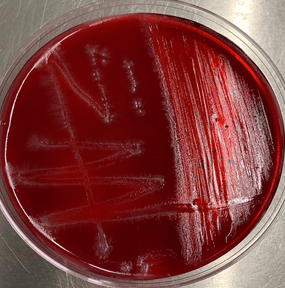
Get A Testing Quote
Porphyromonas gingivalis
STRUCTURE AND PHYSIOLOGY
Porphyromonas gingivalis is a Gram-negative, rod-shaped, non-motile bacterium found in the human oral cavity. It is able to bind to host cells as well as with other bacteria to form a biofilm.
TRANSMISSION AND DISEASE
P. gingivalis secretes various potential virulence factors such as proteins that cause damage to tissues and impair the host immune response. This microbe is a major cause of chronic periodontitis in the oral cavity. It has also been associated with respiratory, gastrointestinal, and genital infections and is even linked to Alzheimer’s disease and rheumatoid arthritis.
DISINFECTION
P. gingivalis is resistant to many antibiotics.
NOTES
P. gingivalis most known as a common cause of periodontal diseases, but it also can cause bacterial vaginosis.
REFERENCE(S)
Naito M, Hirakawa H, Yamashita A, Ohara N, Shoji M, Yukitake H, et al. (August 2008). “Determination of the genome sequence of Porphyromonas gingivalis strain ATCC 33277 and genomic comparison with strain W83 revealed extensive genome rearrangements in P. gingivalis”. DNA Research. 15 (4): 215–25. doi:10.1093/dnares/dsn013. PMC 2575886. PMID 18524787.
Africa CW, Nel J, Stemmet M (July 2014). “Anaerobes and bacterial vaginosis in pregnancy: virulence factors contributing to vaginal colonisation”. International Journal of Environmental Research and Public Health. 11 (7): 6979–7000. doi:10.3390/ijerph110706979. PMC 4113856. PMID 25014248.
Share

